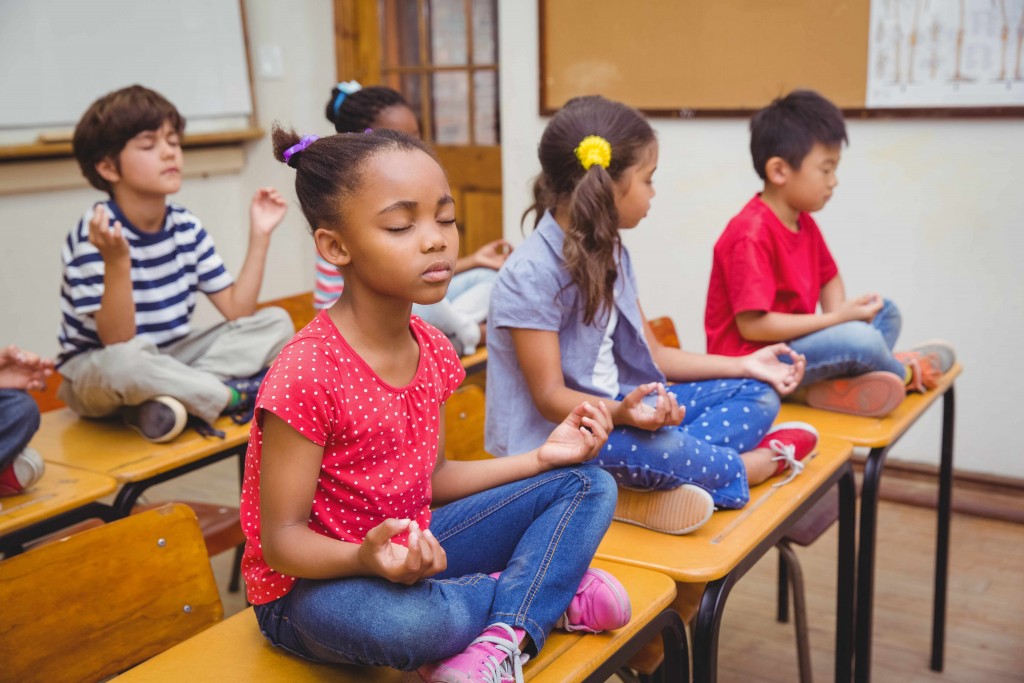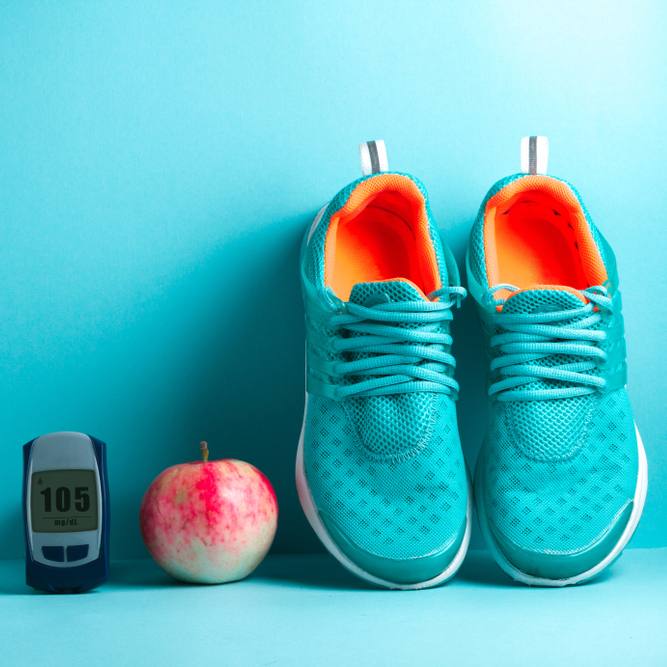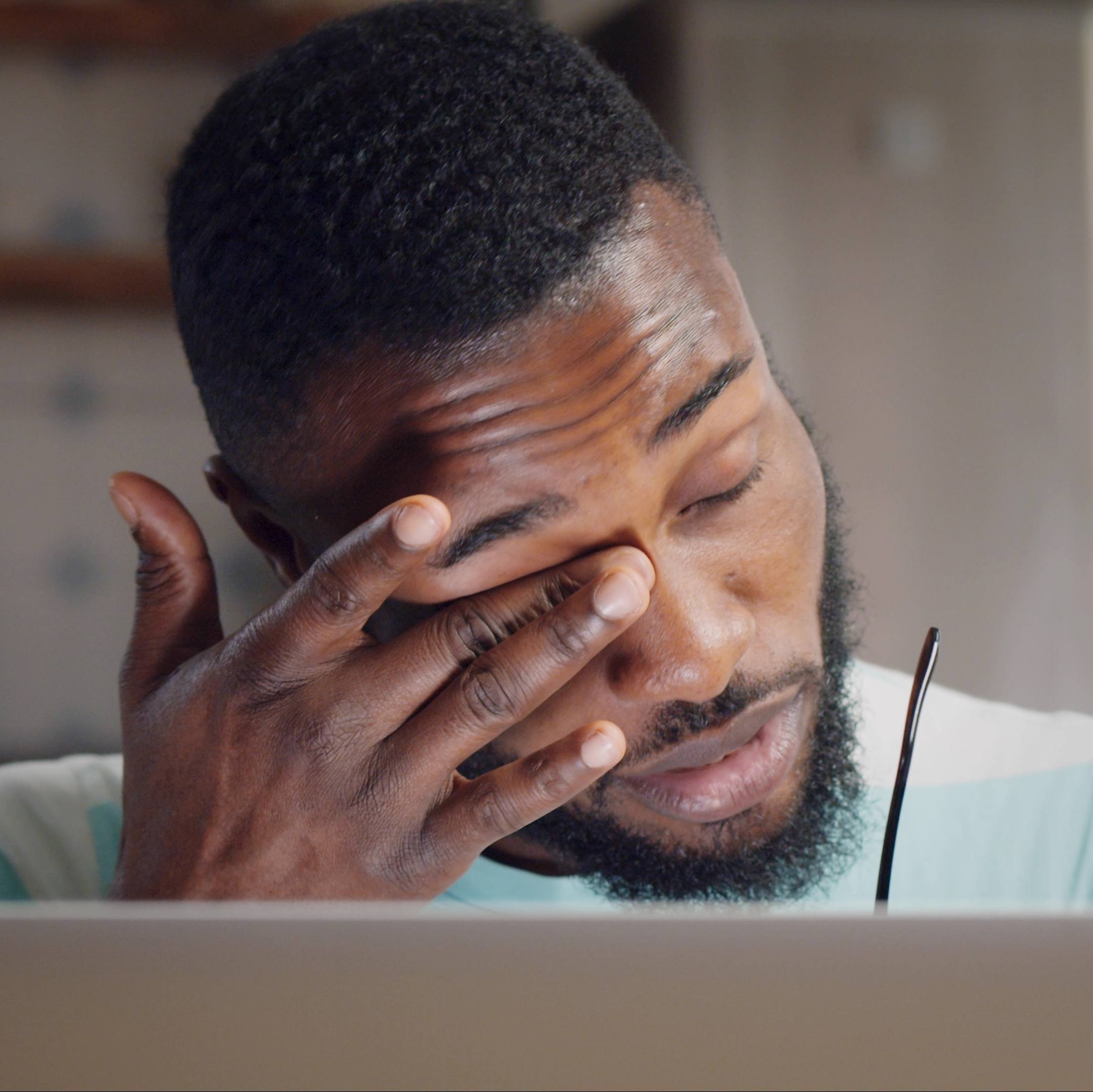-
Blow the Pain Away: Breathing Tips to Help Children Relax
In times of stress, anxiety or frustration, you’ve probably been told to “relax, take a deep breath and calm down.” Have you tried it? Really tried it? Many meditation practices use breathing techniques to promote a state of calm.
"You don’t need years of meditative practice to benefit from this technique, nor do your children," says Peggy Decker, M.D., Mayo Clinic Health System pediatrician. "In fact, kids are generally good at embracing this simple relaxation technique."
Deep breathing technique
Deep breathing increases the supply of oxygen to your brain and stimulates the parasympathetic nervous system, which promotes a state of calmness, according to the American Institute of Stress. Controlled breathing, also known as belly breathing or abdominal breathing, describes a deep, slow intake of air that expands the diaphragm downward and draws air deep into the lungs, pushing the belly out as the lungs fill with air. It’s followed by a long controlled breath out as the strong diaphragm muscle relaxes and air flows out. This type of breathing technique can take you from an excited state of mind with the “fight or flight” instinct on high alert to a state where heart rate slows, blood pressure goes down and pain decreases.
Help for children and teenagers
Young children — and teenagers — can learn and practice deep breathing to strengthen their mind/body connection and manage emotions that may seem overwhelming at times. Kids, especially, can use this technique when they’re worried, sad or in pain. Adding imagery and phrasing can often help enhance the effectiveness of deep breathing: “Breathe in the good, breathe out the bad,” or “blow the pain away.” Some kids may respond better to images that invoke familiar sights, sounds or smells of a favorite place rather than movement.
"I’ve used bubbles and pinwheels both as a distraction and as fun way to promote deep breathing when my pediatric patients need their blood drawn or when receiving a shot," adds Dr. Decker.
How to get started
- Find a comfortable position. If possible, lie down on a flat surface.
- Place a hand on your belly or an object, such as a stuffed animal or even a book. Your hand/object should rise as you take a big breath and your hand should fall as you let the air out slowly over a period of several seconds.
- Breathe in through your nose and out through your mouth. Let your shoulders and neck relax with the movement in your abdomen. Repeat 15 to 20 times.
- Consider adding a short phrase in your mind with the breathing: “I am” on the inhalation, “relaxed” on the exhalation. You could also slowly count to four on each breath.
Deep breathing can also be part of a bedtime routine that promotes calmness and relaxation. This type of daily practice makes it easier to use the deep breathing technique when other situations arise. It can help relieve the pain of frequent headaches or stomachaches. Deep breathing can help ease transitions to new places or events. It can even be part of a time out for your child (or you!) as your child learns to manage strong emotions.
"Consider teaching your teenager to take a few deep breaths before answering a difficult question at school or before an athletic performance," says Dr. Decker. "I see elite basketball players do this all the time at the free throw line."
There are multiple ways to learn the technique — written instructions, audio/video recordings or even smartphone apps. Choose and practice the one that works the best for you and your child, and enjoy a calmer body, mind and spirit.








